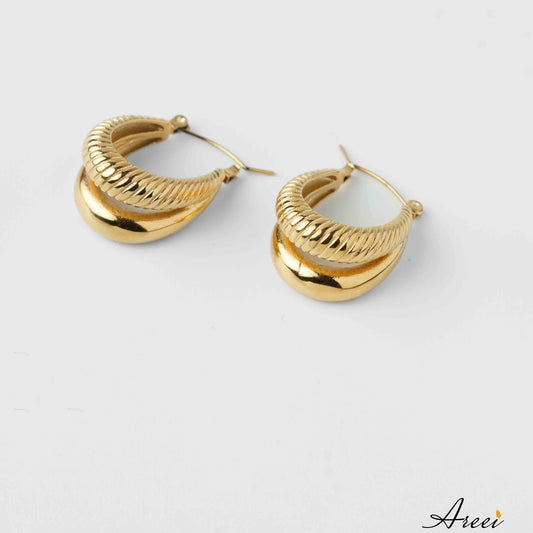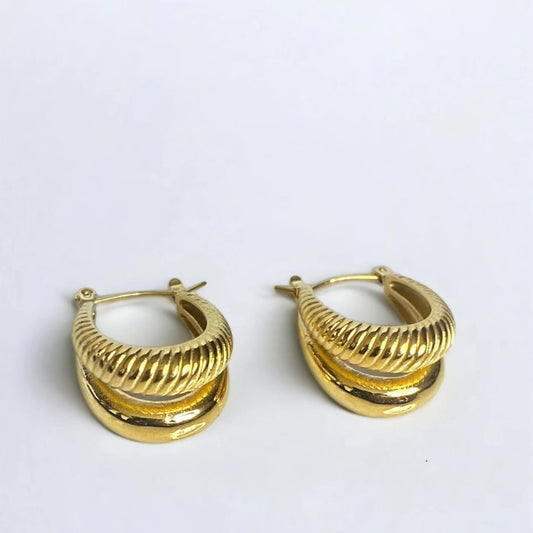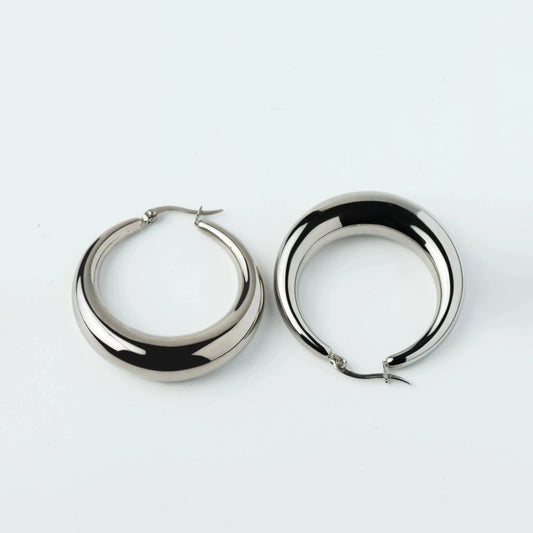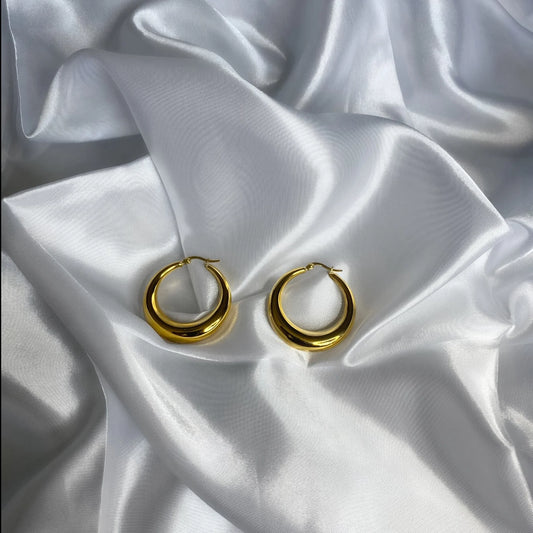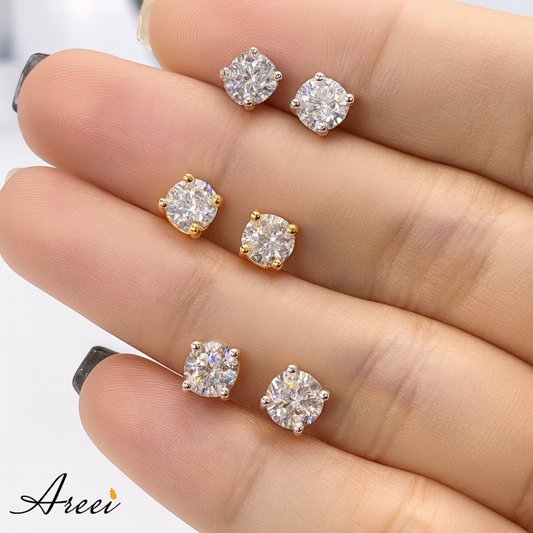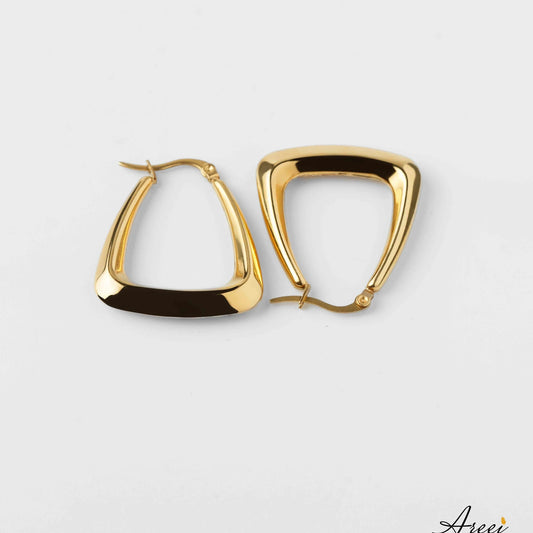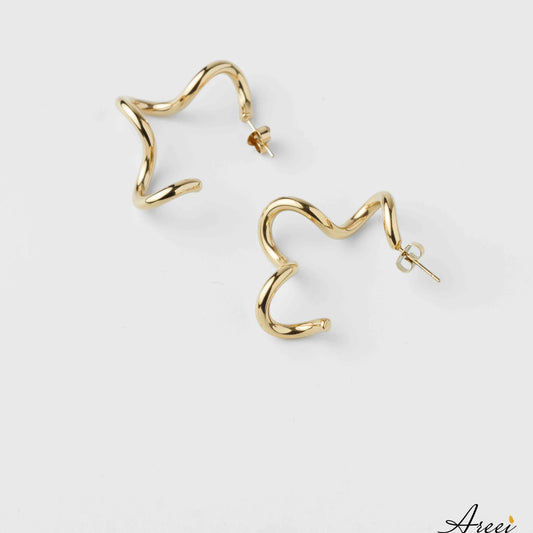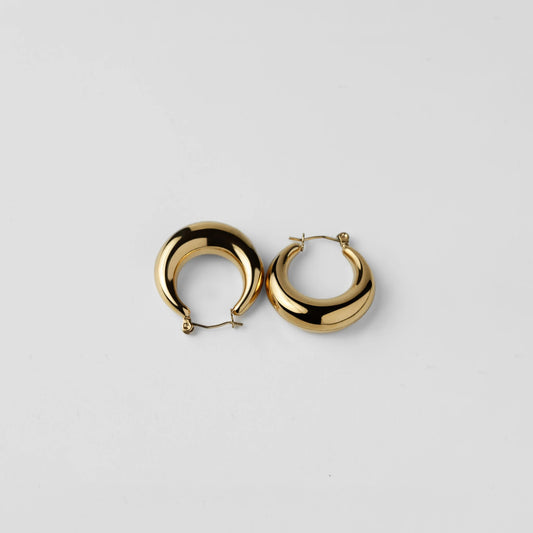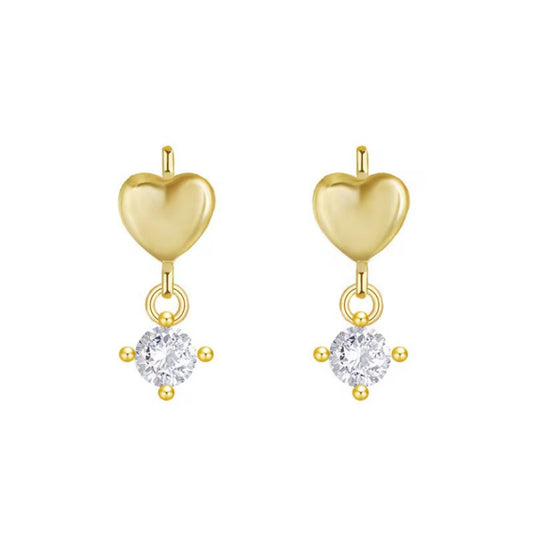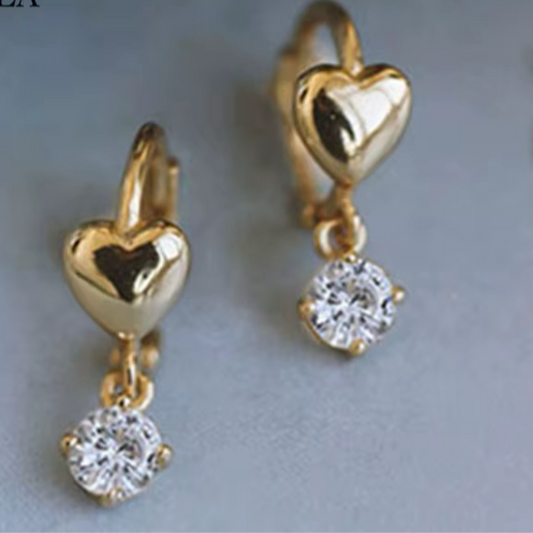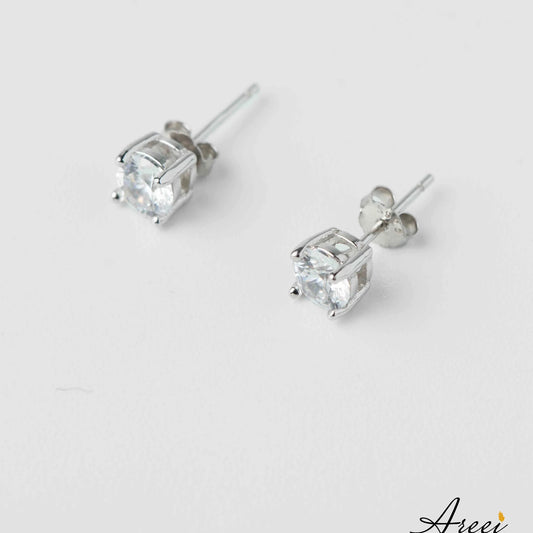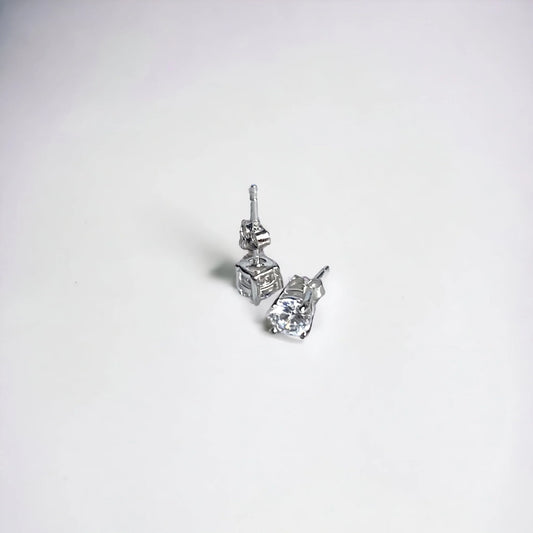Silver necklaces are timeless pieces that add elegance to any outfit, but they require proper care to maintain their lustrous shine. Over time, silver naturally tarnishes due to exposure to air, moisture, and sulphur compounds, leaving your beloved jewellery looking dull and discoloured. Learning how to shine silver necklace pieces properly will help you restore their original beauty and extend their lifespan significantly.
Why Silver Necklaces Tarnish
Before diving into cleaning methods, it's essential to understand why silver tarnishes. Pure silver is relatively stable, but most silver jewellery contains copper or other alloys that react with hydrogen sulphide in the air, creating a dark layer called silver sulphide. This tarnishing process is accelerated by:
- High humidity levels
- Exposure to perfumes, lotions, and cosmetics
- Contact with rubber, latex, or certain fabrics
- Swimming pool chemicals
- Household cleaning products
Essential Supplies for Cleaning Silver Necklaces
Gather these materials before beginning the cleaning process:
- Soft-bristled toothbrush
- Microfibre cloths
- Cotton swabs
- Mild washing-up liquid
- Baking soda
- White vinegar
- Aluminium foil
- Salt
- Toothpaste (non-gel, non-whitening)
- Commercial silver polish (optional)
- Soft towels for drying

Silver Cross Necklace from Areei
Method 1: Gentle Soap and Water Cleaning
This method works best for lightly tarnished necklaces and regular maintenance:
- Prepare the cleaning solution: Mix a few drops of mild washing-up liquid with warm water in a small bowl.
- Soak the necklace: Submerge your silver necklace for 10-15 minutes, allowing the solution to loosen dirt and light tarnish.
- Gentle scrubbing: Use a soft-bristled toothbrush to gently scrub intricate areas, chain links, and any stubborn spots. Work carefully around gemstones or delicate details.
- Rinse thoroughly: Rinse the necklace under cool running water, ensuring all soap residue is removed.
-
Dry completely: Pat dry with a soft towel, then allow to air dry completely before storing.
Method 2: Baking Soda Paste Treatment
For moderate tarnishing, baking soda provides gentle abrasive action:
- Create the paste: Mix three parts baking soda with one part water to form a thick paste.
- Rinse and dry: Rinse thoroughly with cool water and dry with a soft cloth.
- Apply carefully: Using your fingers or a soft cloth, gently rub the paste onto the tarnished areas.
- Work in circular motions: Use gentle circular movements, paying special attention to heavily tarnished spots.
Method 3: Aluminium Foil and Baking Soda Method
This electrochemical cleaning method is highly effective for heavily tarnished pieces:
- Line a bowl: Place aluminium foil in a glass or ceramic bowl, shiny side up.
- Add hot water: Fill with hot (not boiling) water.
- Add baking soda: Add one tablespoon of baking soda per cup of water.
- Submerge the necklace: Ensure the silver touches the aluminium foil.
- Wait and watch: Leave for 2-5 minutes as tarnish transfers from the silver to the foil.
-
Rinse and polish: Remove, rinse thoroughly, and polish with a soft cloth.
Method 4: White Vinegar and Baking Soda
For stubborn tarnish, this combination provides extra cleaning power:
- Soak in vinegar: Submerge the necklace in white vinegar for 2-3 hours.
- Scrub with baking soda: Remove and scrub gently with baking soda using a soft toothbrush.
-
Rinse thoroughly: Rinse with cool water and dry completely.

Method 5: Toothpaste Technique
Use only plain, non-gel toothpaste without whitening agents:
- Apply toothpaste: Use a small amount on a soft cloth or toothbrush.
- Gentle scrubbing: Work into tarnished areas with circular motions.
- Rinse completely: Ensure all toothpaste residue is removed.
-
Dry and polish: Dry thoroughly and buff with a clean microfibre cloth.
Special Considerations for Different Types of Silver Necklaces
Sterling Silver Necklaces
Sterling silver (92.5% pure silver) responds well to all the above methods but requires gentle handling to avoid scratching.
Silver-Plated Necklaces
Use only the gentlest methods (soap and water) as aggressive cleaning can remove the silver plating.
Necklaces with Gemstones
Avoid soaking gemstone necklaces, as some stones are porous or sensitive to chemicals. Clean around stones carefully with a damp cloth.
Vintage or Antique Pieces
Consider professional cleaning for valuable vintage pieces, as improper cleaning can damage delicate metalwork or reduce value.
Preventing Future Tarnishing
Prevention is always better than extensive cleaning:
- Store properly: Keep silver necklaces in anti-tarnish bags or lined jewellery boxes
- Use silica gel packets: Place these in storage areas to absorb moisture
- Wear regularly: Natural oils from your skin can help prevent tarnishing
- Remove before activities: Take off silver jewellery before swimming, exercising, or cleaning
- Apply cosmetics first: Put on perfumes and lotions before wearing silver
- Clean regularly: Light, frequent cleaning prevents heavy tarnish build-up
Common Mistakes to Avoid
Avoid these errors when cleaning silver necklaces:
- Using harsh chemicals: Bleach, chlorine, and ammonia can damage silver permanently
- Over-scrubbing: Excessive force can scratch the silver surface
- Ignoring gemstones: Some stones require special care and can be damaged by certain cleaning methods
- Inadequate drying: Moisture left on silver can accelerate tarnishing
- Using paper towels: These can scratch; always use soft cloths
Maintenance Schedule
Establish a regular cleaning routine:
- Daily: Wipe with a soft cloth after wearing
- Weekly: Light cleaning with soap and water for frequently worn pieces
- Monthly: More thorough cleaning for occasionally worn items
- Seasonally: Deep cleaning and proper storage assessment
When to Replace Your Silver Necklace
Sometimes cleaning isn't enough. Consider replacement if:
- The silver plating has worn through to base metal
- Structural damage affects wearability
- Tarnishing returns immediately after cleaning
- Professional cleaning quotes exceed the necklace's value
Conclusion
Learning how to shine silver necklace pieces properly ensures your jewellery maintains its beauty for years to come. Regular maintenance using these gentle, effective methods will keep your silver necklaces looking brilliant and new. Remember that prevention through proper storage and handling is just as important as knowing how to clean tarnished pieces.
Start with the mildest cleaning method appropriate for your necklace's condition, and remember that consistent care prevents the need for aggressive cleaning later. Your silver necklaces will reward proper care with lasting beauty and shine.



